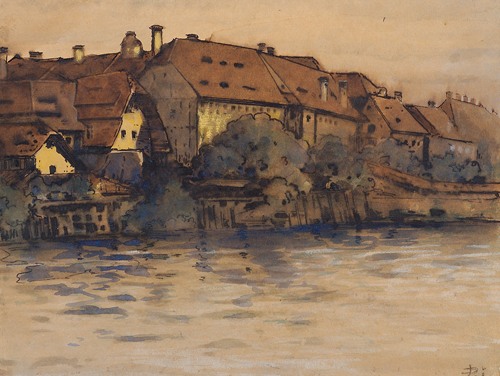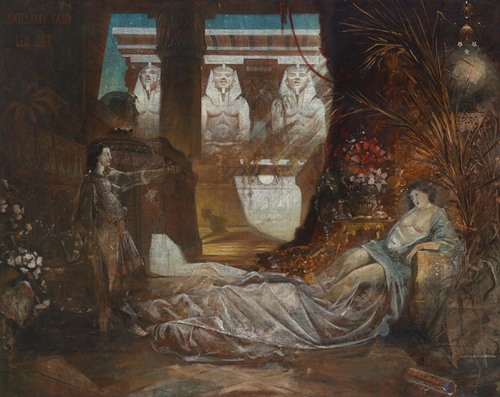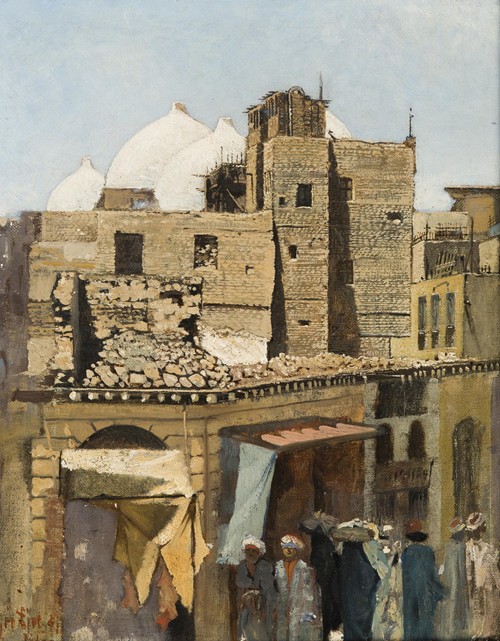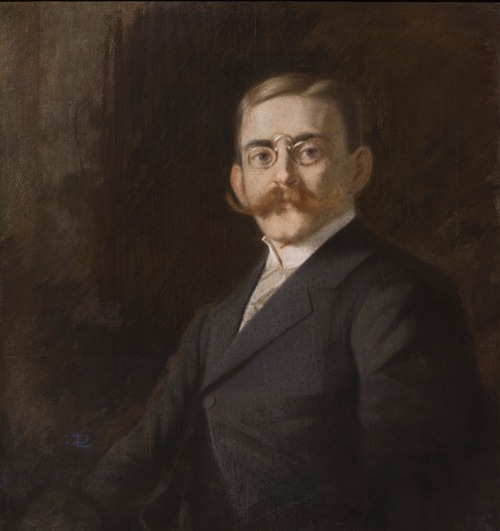




Leopold Dietmann was a Czech-Austrian painter and inventor.
He was a romantic-realist history and portrait painter, but also created impressionist landscapes and architectural paintings. He painted in oil, watercolor and pastel. He was also active as an etcher and illustrator (fairy tales, Mohammed Ahmed 1931) and designed posters, bookplates and vignettes.
After attending cadet school in Marburg an der Drau, Diet graduated from the Technical Military High School in Weißkirchen and the Technical Military Academy in Vienna. He served as an artillery lieutenant in the army from 1879. Even during his military service, he devoted himself to artistic studies. Diet finally began his artistic training with Alfred Fallenböck and as a trainee at the Academy of Fine Arts in Vienna under Carl Rudolf Huber. He studied at the Academy of Fine Arts in Prague under František Sequens and in Vienna under Hans Canon. Leo Diet was sponsored by Crown Prince Rudolf and received a scholarship that enabled him to make study trips to Paris (1881/1882) and Egypt (1882-1887).
He spent the years from 1883 to 1887 in Cairo, where he created many Orientalist paintings. He exhibited sixty of these works at the Österreichischer Kunstverein in 1888. Later, from 1895 to 1914, he taught freehand and applied arts and technical-constructive drawing at the School of Applied Arts in Graz.
In 1889, he founded the Salon of the Rejected, from which the Vienna Secession emerged. In 1899, he was one of the founders of the Cooperative of Fine Artists of Styria.
In 1887, Leo Diet invented the drawing device named after him, the "Dietsche Dreieck" (also known as the "mechanical perspectograph") and patented it on June 15, 1893 as an instrument for producing perspective drawings from plan and elevation.
In 1906, he received the Austrian State Prize for his portrait of the surgeon Luksch.
Under massive pressure from the National Socialists after 1938 due to his views and previous monarchist connections, Leo Diet died in 1942.




